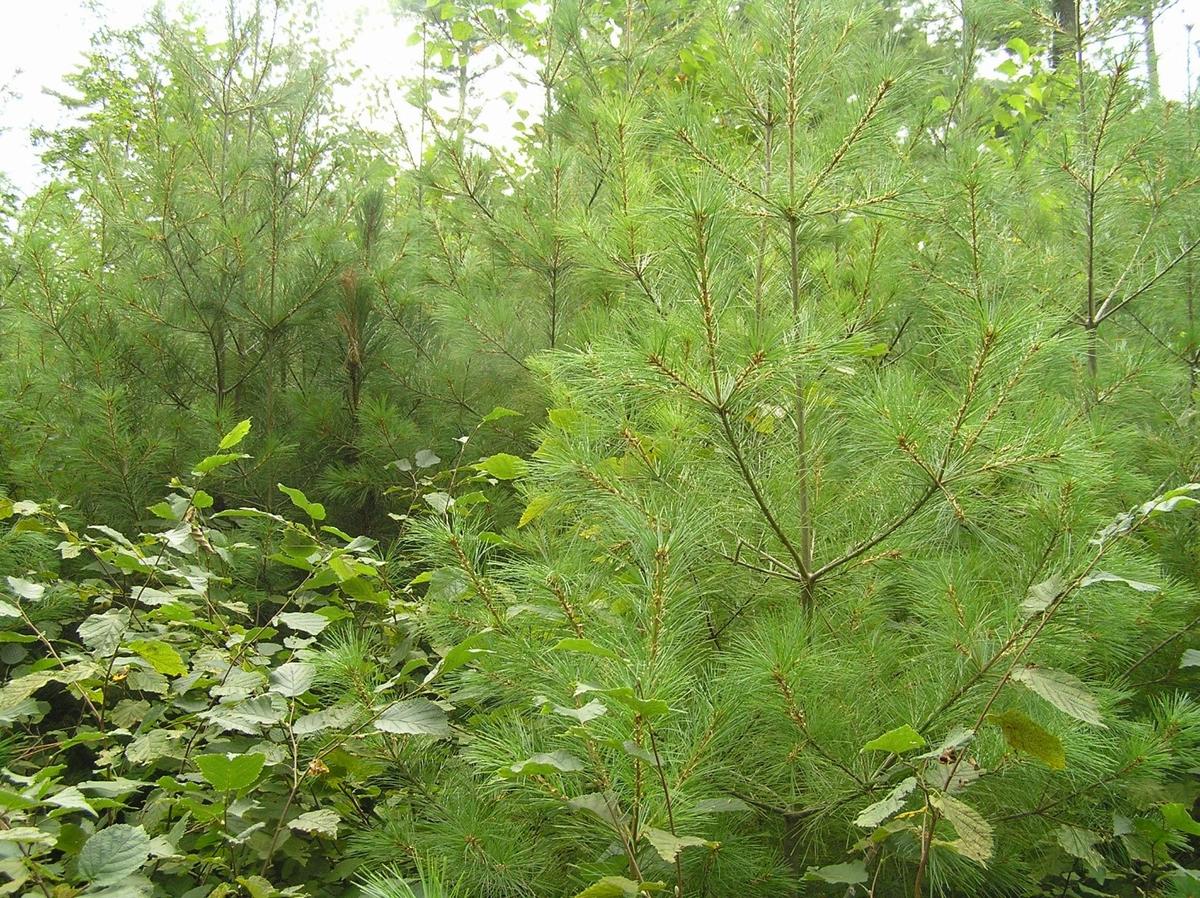Overview
The focus of this study is a multi-year effort to naturally regenerate a mature mixed pine stand to a young mixed pine stand with a significant white pine component through use of prescribed burning, seed tree harvests and natural seeding.
The study provides early results for three different treatments. All three sites had three prescribed burns, followed by a seed tree harvest. The sites differ in that one site had residual seed trees removed, and one of the other sites had mechanical release/thinning tending work performed.
A number of factors influenced the development of the silvicultural prescription for the study site, including:
- A desired future condition from the Chippewa Plains-Pine Moraines and Outwash Plains-Section Forest Resources Management Plan (SFRMP) to increase white pine.
- The site is located on School Trust Land, with resultant authority and responsibility to reduce operating expenses and maximize revenues deposited in the Permanent School Fund; maximize long-term economic returns while maintaining sound natural resource conservation and management principles; and balance short-term revenues and long-term interests so that long-term benefits are not lost in an effort to maximize short-term gains.
- The site is within boundaries of the Leech Lake Indian Reservation, so non-herbicide site preparation and release options were required.
- The prescription was initiated as an “Adaptive Forest Management Project” (AFMP). In 2008, Minnesota Department of Natural Resources (DNR) initiated the AFMP to establish a set of regional forest management field trials/demonstrations. The idea was to demonstrate techniques to improve sustainable forest management in the face of emerging challenges such as climate change, invasive species, and expanding economic opportunities.
We intend to update the study with regeneration numbers and condition information over time.
Silviculture Objectives
Desired Future Condition is an uneven-aged, mixed pine site. Specific objectives include:
- Regenerate a stand that will provide revenue to the school trust.
- Use prescribed fire in site preparation, shrub competition control, and duff exposure.
- Favor natural seeding approaches.
- Increase stand structural diversity.
- Increase presence of white pine.
- Reserve biological legacies and encourage natural seeding.
- Stands are within the Leech Lake reservation boundaries, so look for alternatives to herbicide use.
Pre-treatment stand description and condition
Stand establishment and management history
In 2001, the pre-treatment stand was a 119 year old natural origin red and white pine stand. The stand also contained modest volumes of white spruce. The stand had multiple thinning entries over the past 40 years. The final of these thinnings, before starting the more recent regeneration harvests, took place in 2002. Pre-treatment basal area was around 90 ft2/acre.
Pre-treatment species composition
Norway pine: Avg. sawtimber DBH: 19 inches. Volume: 16.76 MBF/acre.
Avg. cordwood DBH: 13 inches. Volume: 14.3 Cds./acre
White pine: Avg. sawtimber DBH: 20 inches. Volume: 5.71 MBF/acre.
Avg. cordwood DBH: 12 inches. Volume: 1.0 Cds./acre
White spruce: Avg. cordwood DBH: 12 inches. Volume: 0.5 Cds./acre
Source: 2000 timber appraisal plus 2009 Minnesota DNR forest inventory
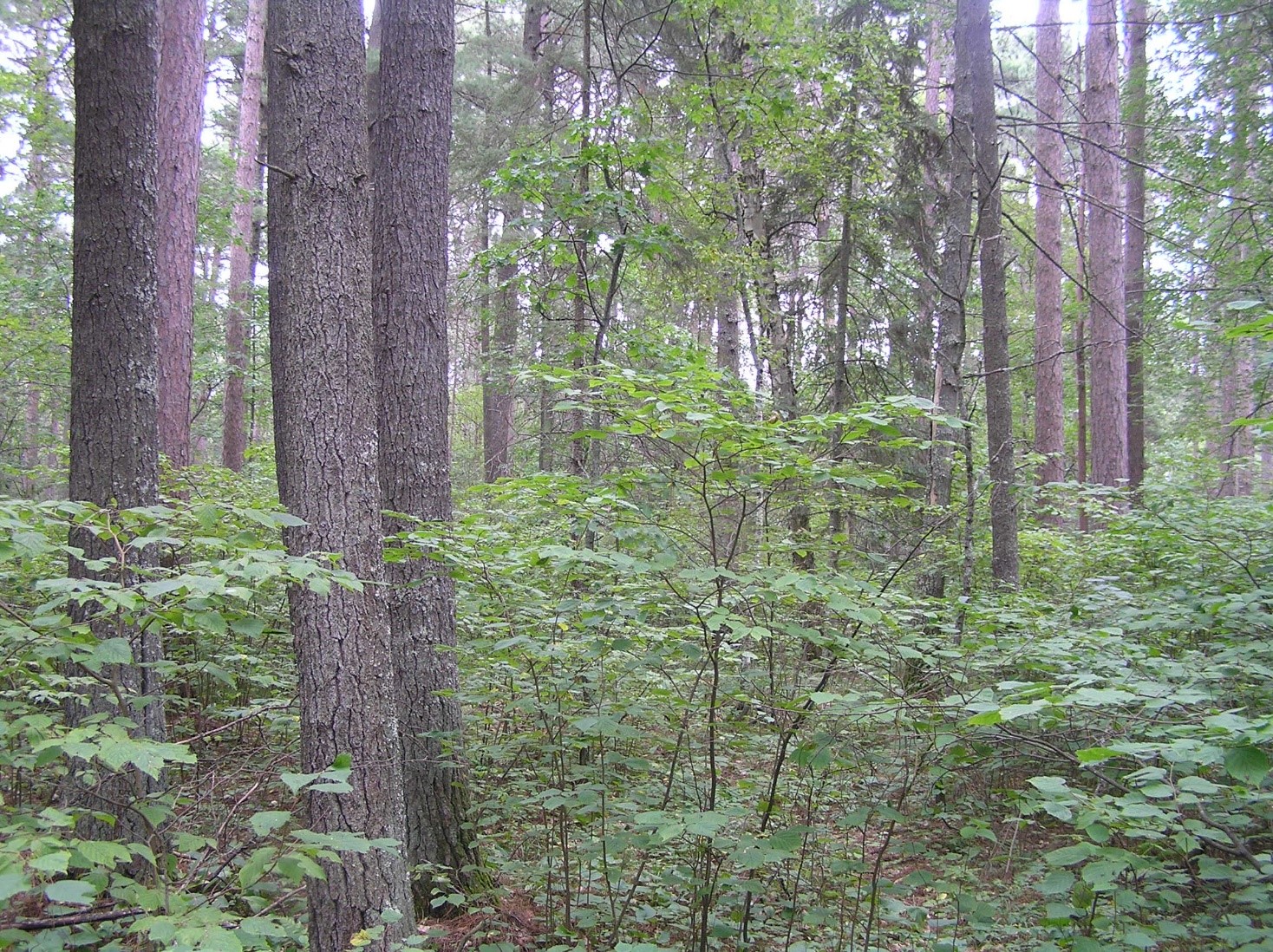
Figure 1: Understory condition in 2016 in a similar, adjacent stand with 3 burns but no harvest
Pre-treatment forest health issues:
White Pine Blister Rust (WPBR)
A recommended strategy for establishing white pine regeneration is to do so under a partial overstory to prevent dew formation on their needles and subsequent infection by WPBR. Once established, seedlings and saplings require tending: pathological pruning and deer browse protection.
White Pine Weevil (WPW)
WPW can repeatedly infest leaders when trees are young, causing stunting, poor tree form, and forking of the stems. WPW attack can be mitigated by planting/ regenerating seedlings under a partial overstory.
Landowner objectives/situation
While specific objectives vary from parcel to parcel, lands under the administration of DNR-Forestry are managed in alignment with Section Forest Resource Management Plans (SFRMP) to ensure that state forest management activities meet statewide goals for ecological protection, timber production, wildlife habitat and cultural/recreational values. The DNR assembles teams from the Divisions of Forestry, Fish & Wildlife, and Ecological & Water Resources who work with partners and the public to develop SFRMPs.
The study area is School Trust Land. Minnesota’s Permanent School Fund receives income from economic activities on School Trust Lands which are managed by the MN DNR. Revenue on School Trust Lands is generated from forest management amongst other activities. Forest management activities on School Trust lands are planned and carried out by MN DNR.
As it relates to forest management on School Trust Lands, MN DNR has the authority and responsibility to achieve the goals outlined in Minnesota Statute, Section 84.027, Subd. 18 including:
- manage efficiently and with undivided loyalty;
- reduce operating expenses and maximize revenues deposited in the Permanent School Fund;
- maximize long-term economic returns while maintaining sound natural resource conservation and management principles;
- balance short-term revenues and long-term interests so that long-term benefits are not lost in an effort to maximize short-term gains;
- maintain the integrity of the trust and prevent the misapplication of its lands and its revenues.
Site – specific objectives also included:
- Retain or increase both coniferous forest and coniferous woodlands and mixed forests.
- Increase acres of the white pine cover type.
- Apply shelterwood/seed tree when converting to white pine
- Reserve biological legacies and encourage natural seeding.
Silviculture prescription
See Figure 2 for a map of treatment areas. The following series of treatments were implemented:
Treatment | Date | Description | Acres Treated |
Prepare site with prescribed fire. Burn area repeatedly to reduce vigor of hazel and open duff layer for seed gemination and seedling establishment. Note: The site is within boundaries of the Leech Lake Indian Reservation, so non-herbicide site preparation and release options were required. | |||
Rx fire | May 1996 | Back fired in 4 ft. wide strips - caused intense heat, strips widened to 16 ft. Hazel was leafed out. | 21.5 |
Rx fire | May 1997 | Strip back fire; E wind 5-10 mph, 75 degrees F, RH 25%, 10 hr. fuel moisture=7%. Hazel sprouts 1-2’ high and leaves emerging. Fuel 6 tons/ac needle litter - 70% consumption. Fire was easily controlled. | 21.5 |
Rx fire | May 2000 | Spot ignition every 50 ft., wind 15+ mph, RH 30%. Fuel 6 tons/ac needle litter - 100% consumed. Hazel had recovered well in the 3 years since last burn. It was100% top-killed after this fire. 5-10% crown browning of trees from heat. | 21.5 |
Seed tree with reserves harvest | August-September 2000 | A good WP cone crop was recognized during the summer of 2000, and the site was appraised and sold as a sealed bid auction timber sale. The harvest prescription was to develop seed tree and shelterwood conditions (see Table 3 for retention levels) by removing all of the pine with the exception of 30-40 basal area of pine seed trees. White pine harvest focused on removing poorer quality trees with broken tops and major blister rust, red pine harvest was focused more on establishing desired spacing and shade conditions for regeneration. In addition to providing seed, the residual basal area will serve as shading control to mitigate white pine weevil damage. Fall harvest was required to further disturb the regenerating hazel via full tree skidding and prepare a soil seed bed. Broadcast skidding was encouraged to maximize site disturbance. The site was harvested with a conventional operation using skidders and feller-bunchers, which provided superior site scarification to a cut-to-length operation. Operations started on 8/28/00. All harvesting and skidding was completed by 9/29/2000. Seed drop was observed on 9/5. | 21.5 |
Tree planting | Spring 2001 | Hand planted 1000 red pine seedlings/acre. | 20 |
Harvest of reserved seed trees on a portion of the site | February 2011 | Harvest of residual seed trees on the northernmost 6 acres of the total 21.5 acre site. The goal was to establish different overstory shade conditions (no shade) from the rest of the site as a test of impacts to regeneration. | 4 |
Mechanical release | 2015 | Thin regeneration on southern portion of original stand to increase growth of regenerating pine. Thin pine stocking to 1000 stems/acre. Choose best crop tree at approximately 6'x6' spacing and remove competing vegetation around it. Crop tree preference will be best dominant white pine, followed by red pine with no visual sign of insect or disease problem. Reserve paper birch where feasible. | 4 |
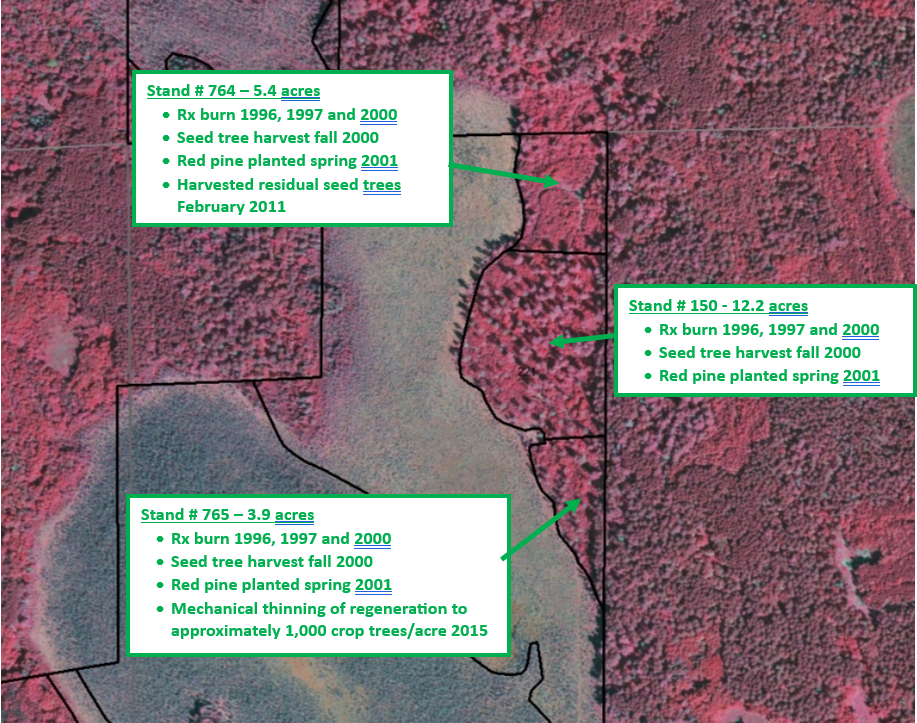
Figure 2: Map of treatment areas on 2019 color infrared aerial photo
What actually happened during the treatment
Things went largely to plan as far as current staff are aware.
Post-treatment assessment
This project was successful in naturally regenerating a productive stand of mixed pine. It highlights the value of preharvest competition control through prescribed fire and/or fall, full-tree harvest in areas where post-harvest herbicide is not an option
The Deer River area has many stands of natural origin red and white pine that are inaccessible for summer site preparation, and/or within statutory boundaries that prohibit the use of herbicides for competition control. Projects such as this demonstrate that 3 rounds of burning in relatively quick succession followed by a well-timed seed tree harvest can provide adequate competition control and seedbed preparation to allow natural regeneration of conifer species. At a minimum, this treatment can allow us to get pine established, and delay the need for first competition release.
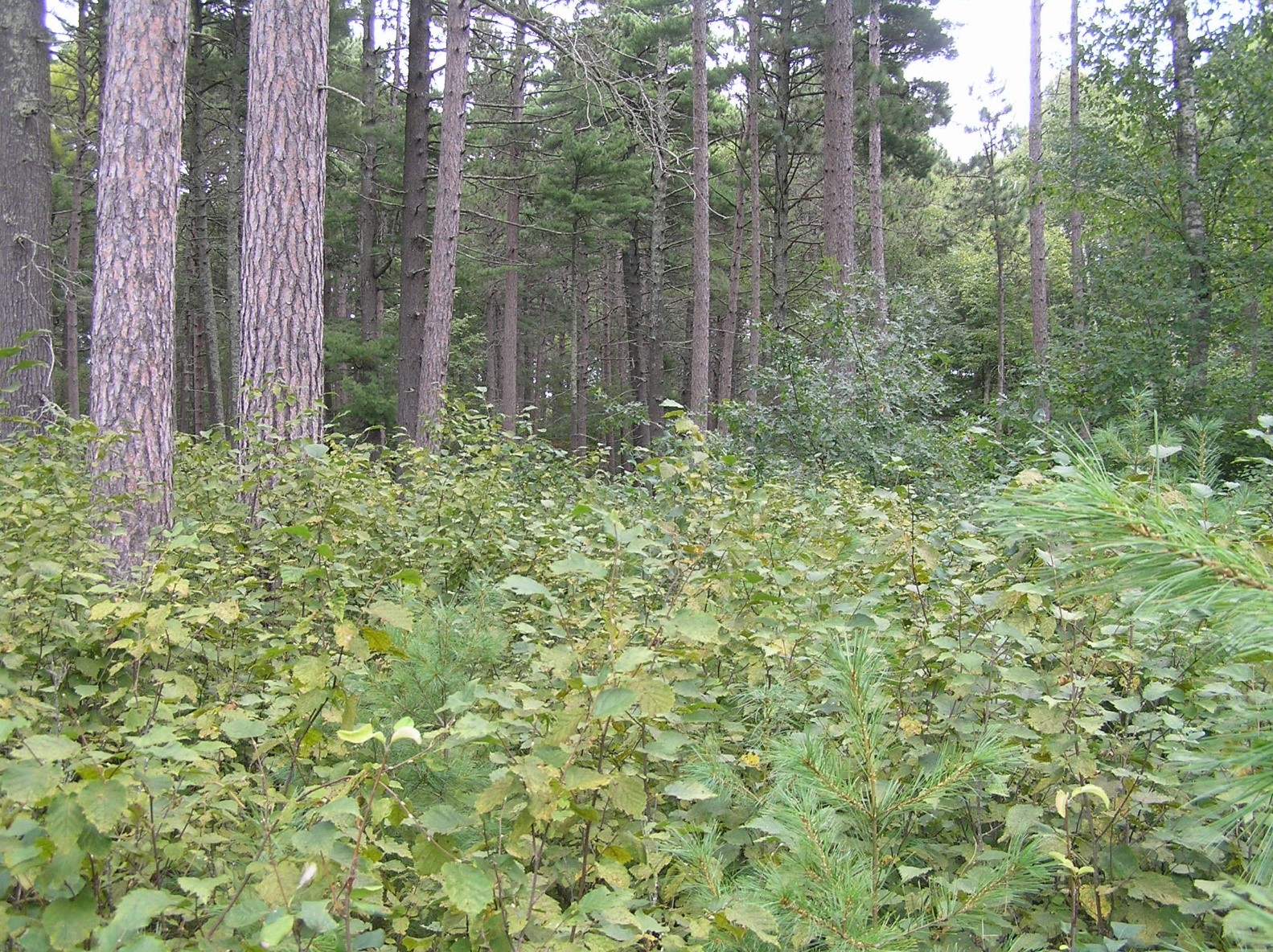
Figure 3: Understory conditions on the study site in 2016 showing abundant white pine regeneration growing through competition
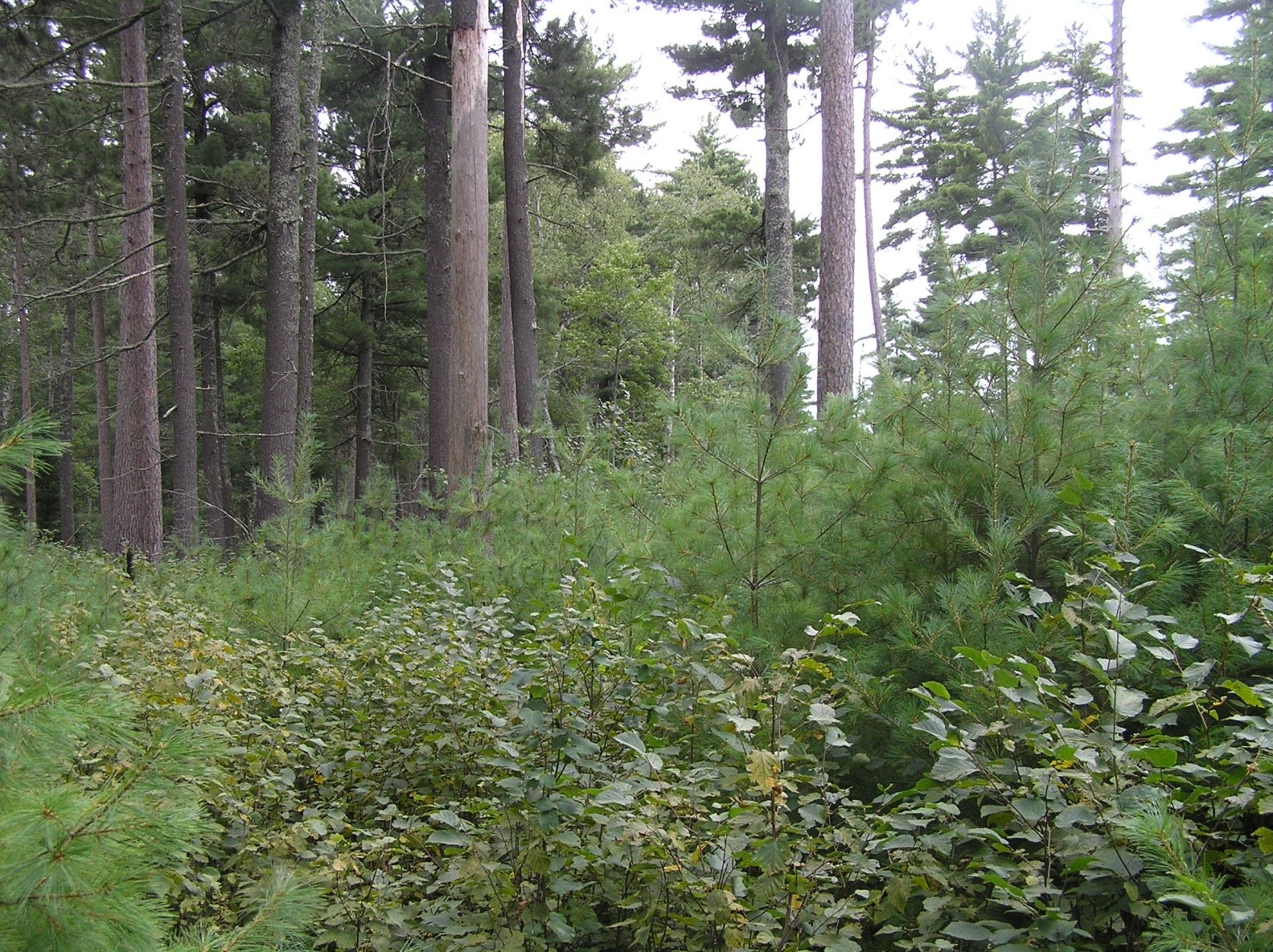
Figure 4: Another shot of understory conditions on the study site in 2016 showing abundant white pine regeneration growing above competition
A key takeaway lesson is that harvest timing of fall during a good cone crop year is critical
The timing of the final harvest in the unburned area was accomplished by using the greater flexibility afforded by a MNDNR Informal Timber Sale Permit. This allowed us to take advantage of an excellent cone crop of Norway and white pine. If we had used a Regular or Intermediate Auction Timber Sale Permit, the 3 year permit length and lack of strict seasonal harvest requirements would likely have resulted in a winter harvest, possibly during a poor seed crop year. This would have produced less successful results due to less scarification seedbed preparation and potentially less available seed.
Another key takeaway is that it would be highly beneficial to do crop tree thinning in overstocked portions of the regenerating stand
Foresters have recently noted poorer condition of white pine stems in the middle treatment area (Stand # 150) due to overstocking. This is because of snow load damage exacerbated by spindly, smaller-diameter stems due to overcrowding. A timely crop tree thinning would have facilitated greater diameter growth on remaining crop tree stems after the thin.
Table 1: 2004 Inger Pines regeneration data for entire site
Species | Stocking | Stems/Acre | Average Height |
Hazel | 44% | 3,027 | 1.5 feet |
Red Pine | 83% | 1,138 |
|
White Pine | 94% | 10,555 | 4 inches |
Table 2: 2006 Inger Pines regeneration data for entire site
Species | Stocking | Stems/Acre | Average Height |
Hazel | Unknown | 12,619 | 3.6' |
Red Pine | Unknown | 1,934 | 2.5' |
White Pine | Unknown | 11,710 | Unknown |
Table 3: 2011 Inger Pines regeneration data by treatment area
Stand #764, 5.4 acres. Complete overstory removal | |||
Species | Stocking | Stems/Acre | Average Height |
Paper Birch | Unknown | 785 | Unknown |
Red Oak | Unknown | 178 | Unknown |
Red Pine | Unknown | 1,000 | Unknown |
White Pine | Unknown | 3,607 | Unknown |
Stand #150, 12.2 acres. Residual basal area = 30ft2/acre | |||
Species | Stocking | Stems/Acre | Average Height |
Paper Birch | Unknown | 1,350 | 6.3 feet |
Red Oak | Unknown | 250 | Unknown |
Red Pine | Unknown | 950 | 5.2 feet |
White Pine | Unknown | 6,600 | 3.8 feet |
Stand #765, 3.9 acres. Residual basal area = 15ft2/acre | |||
Species | Stocking | Stems/Acre | Average Height |
Paper Birch | Unknown | 333 | Unknown |
Red Pine | Unknown | 1,750 | Unknown |
White Pine | Unknown | 4,000 | Unknown |
Table 4: 2014 or 2015 stocking of the Inger Pines south unit that had the regeneration thinned
Stand #765, 3.9 acres. Residual basal area = 15ft2/acre | |||
Species | Stocking | Stems/Acre | Average Height |
Paper Birch | Unknown | 333 |
|
Red Oak | Unknown | 50 |
|
Red Pine | Unknown | 250 | 10 feet |
White Pine | Unknown | 1,050 | 10 feet |
Table 5: August 15, 2016 Inger Pines site regeneration data for entire site. Pine species in bold font.
Treatment: Underburns in 1996, 1997, and 2000 to reduce hazel and promote pine regeneration. Harvested to shelterwood density Sept-Oct 2000 during seedfall. Planted to 1000 TPA red pine in spring 2001. | ||||
| Stems/acre by size class | |||
Species | (<1' tall) | (<1"dbh, >1' tall) | (1-3"dbh) | (3-5"dbh) |
Balsam Fir | 429 | 48 | 0 | 0 |
Balsam Poplar | 0 | 24 | 0 | 0 |
Bigtooth Aspen | 0 | 0 | 24 | 0 |
Northern red oak | 48 | 119 | 167 | 21 |
Paper Birch | 24 | 833 | 369 | 7 |
Red Maple | 48 | 0 | 0 | 0 |
Red pine | 0 | 595 | 560 | 74 |
Tamarack | 0 | 0 | 48 | 0 |
Trembling Aspen | 0 | 143 | 12 | 2 |
White pine | 2,857 | 7,643 | 1,048 | 2 |
White Spruce | 0 | 48 | 0 | 0 |
Total | 3,406 | 9,453 | 2,228 | 106 |
Table 6: August 15, 2016 Inger Pines average site basal area by species for entire site
Treatment: Underburns in 1996, 1997, and 2000 to reduce hazel and promote pine regeneration. Harvested to shelterwood density Sept-Oct 2000 during seedfall. Planted to 1000 red pine/acre in spring 2001. | |
Species | BA |
Balsam Fir | 0.5 |
Bigtooth Aspen | 0.7 |
Bur Oak | 0.5 |
Northern red oak | 2.9 |
Paper Birch | 3.3 |
Red pine | 16.0 |
Tamarack | 0.5 |
Trembling Aspen | 0.2 |
White pine | 23.8 |
Total | 47.9 |
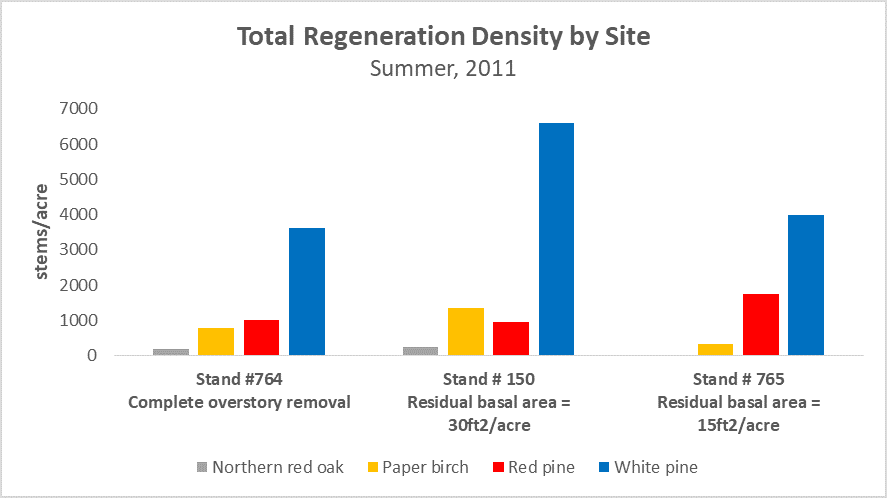
Figure 5: Regeneration data by treatment site in 2011
Plans for Future Treatments
The site will be examined in 2024 to determine potential need for crop tree thinning.
Otherwise, the stand will be left to grow and develop until it is old enough to be examined for potential thinnings.
Costs and economic considerations
Note: Working cooperatively with partners lowered the cost of the Rx burns substantially compared to MNDNR doing them entirely on their own on smaller acreages.
Costs
1996 Rx burn: $ 45/acre on 25 acres (1996 dollars)
1997 Rx burn: $ 45/acre on 25 acres (1997 dollars)
2000 Rx burn: $ 45/acre on 25 acres (2000 dollars)
2001 Hand plant 1000 red pine/acre: $ 167/acre on 20 acres (2001 dollars)
2015 Mechanical regeneration thinning
and competition control: $ 98/acre on 6 acres (2015 dollars)
Total cost: $ 400/acre
Revenue
2000 timber sale on 25 acres: $85,800 total = $ 3,432/acre (2000 dollars)
2011 timber sale on 6 acres: $ 4,628 total = $ 771/acre (2011 dollars)
Total revenue: $ 90,428 total = $3,432/acre on 19 acres and $ 4,203/acre on 6 acres (2000 and 2011 dollars)
Comparison to common practice of clearcut with reserves harvest, and herbicide and trenching site preparation:
Costs
Broadcast herbicide site prep. spraying: $ 128/acre
Site prep. trenching: $ 139/acre
Purchase 800 white pine seedlings/acre: $ 216/acre
Hand plant 800 seedlings/acre: $ 72/acre
Total cost: $ 555/acre
Total establishment costs were lower for the successful “3 burn site preparation with seed tree harvest” treatment, compared to the more standard practice of “herbicide and trenching site preparation and clearcut with reserves harvest” treatment.
Revenue
We would probably see 10% to 20% more revenue at harvest time due to the higher timber volume with a clearcut with reserves harvest rather than seed tree.
Other notes
We gratefully acknowledge the assistance of:
- Former MNDNR Forestry Technician Dan Hertle for study design assistance and administration of all silvicultural activities.
- Former MNDNR ECS Program staff Matt Huseby and Ashley Lehner for data collection and staff interviews used to document process steps.
- Former MNDNR ECS staff John Almendinger for study design assistance.
- MNDNR Silviculture Program Consultant Mike Reinikainen provided review and editing assistance.
Summary
This project was successful in naturally regenerating a productive stand of mixed pine. It highlights the value of preharvest competition control through prescribed fire and/or fall, full-tree harvest in areas where post-harvest herbicide is not an option
3 rounds of burning in relatively quick succession followed by a well-timed seed tree harvest can provide adequate competition control and seedbed preparation to allow natural regeneration of conifer species.
A key takeaway lesson is that harvest timing of fall during a good cone crop year is critical
The timing of the final harvest in the unburned area was accomplished by using the greater flexibility afforded by a MNDNR Informal Timber Sale Permit. This allowed us to take advantage of an excellent cone crop of norway and white pine. If we had used a Regular or Intermediate Auction Timber Sale Permit, the 3 year permit length and lack of strict seasonal harvest requirements would likely have resulted in a winter harvest, possibly during a poor seed crop year.
Another key takeaway is that it would be highly beneficial to do crop tree thinning in overstocked portions of the regenerating stand
Foresters have recently noted poorer condition of white pine stems in the shelterwood treatment area (Stand # 150) due to overstocking. This is because of snow load damage exacerbated by spindly, smaller-diameter stems due to overcrowding. A timely crop tree thinning would have facilitated greater diameter growth on remaining crop tree stems after the thin.
Total establishment costs were lower for the successful “3 burn site preparation with seed tree harvest” treatment, compared to the more standard practice of “herbicide and trenching site preparation and clearcut with reserves harvest” treatment.
Note: Working cooperatively with partners lowered the cost of the Rx burns substantially compared to MNDNR doing them entirely on their own on smaller acreages.
Supplemental content
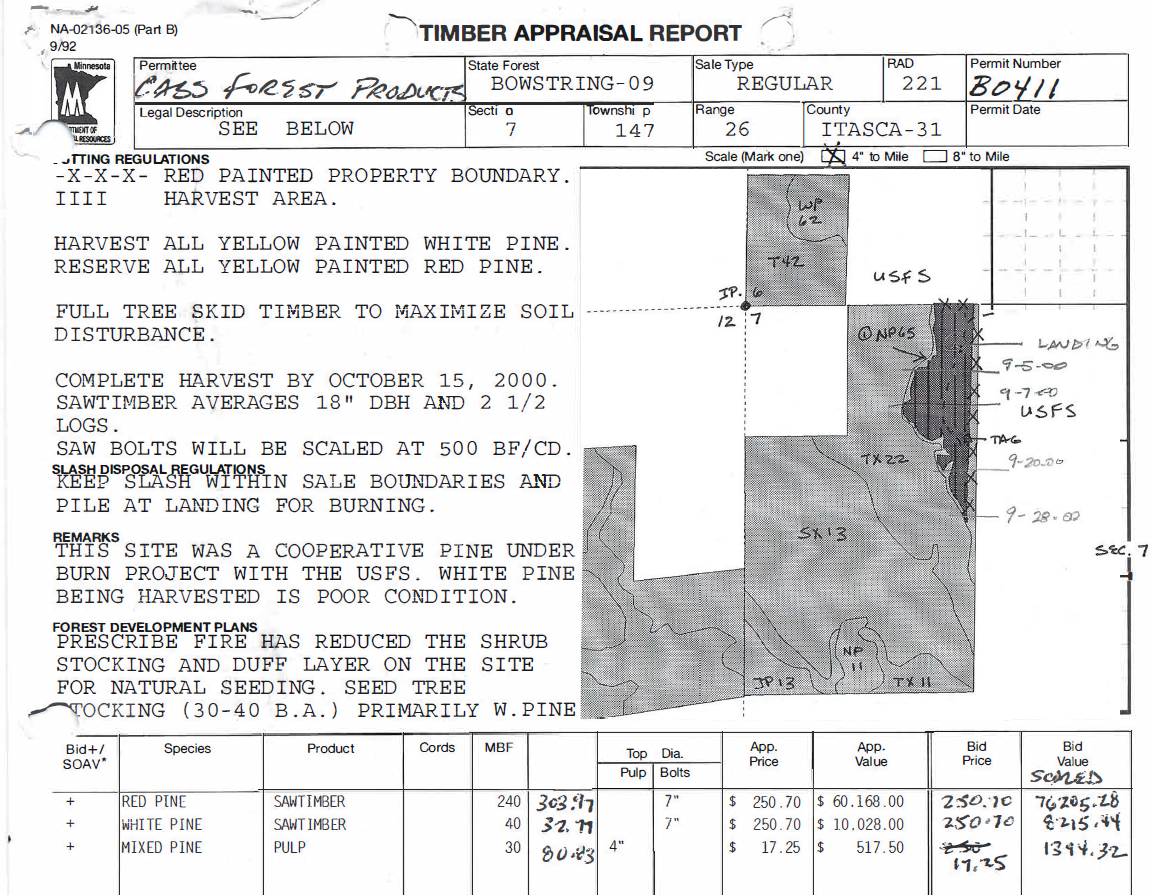
Supplemental figure 1: 2001 timber sale appraisal – seed tree harvest on 25 acres
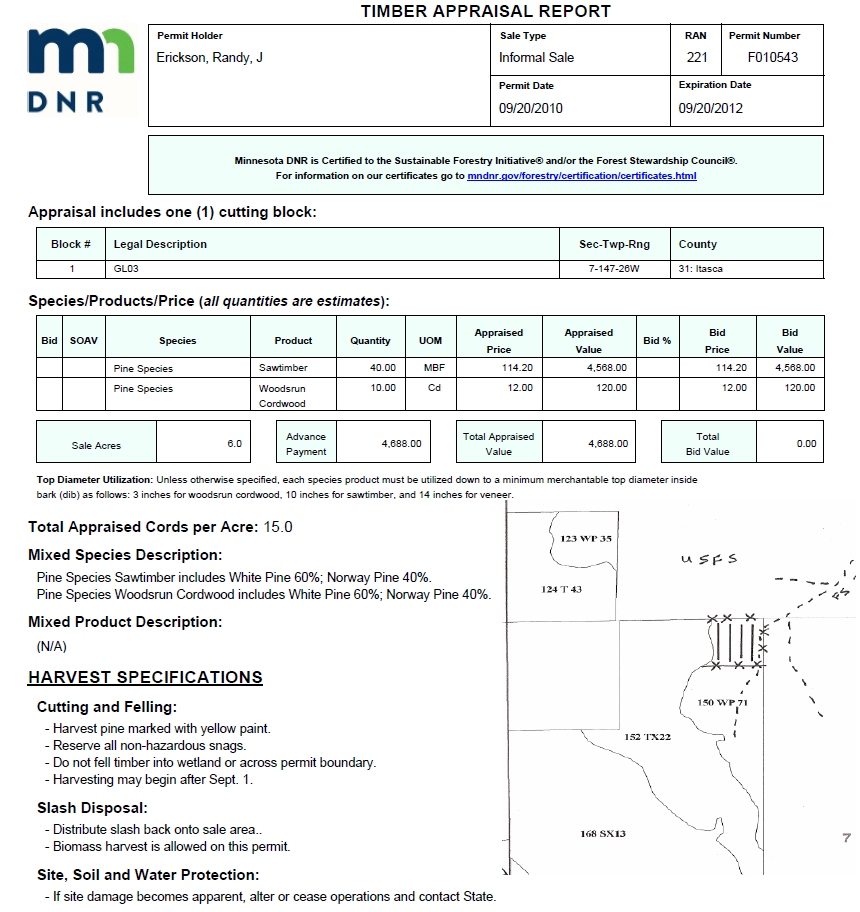
Supplemental figure 2: 2011 timber sale appraisal - seed tree removal on 6 acres
